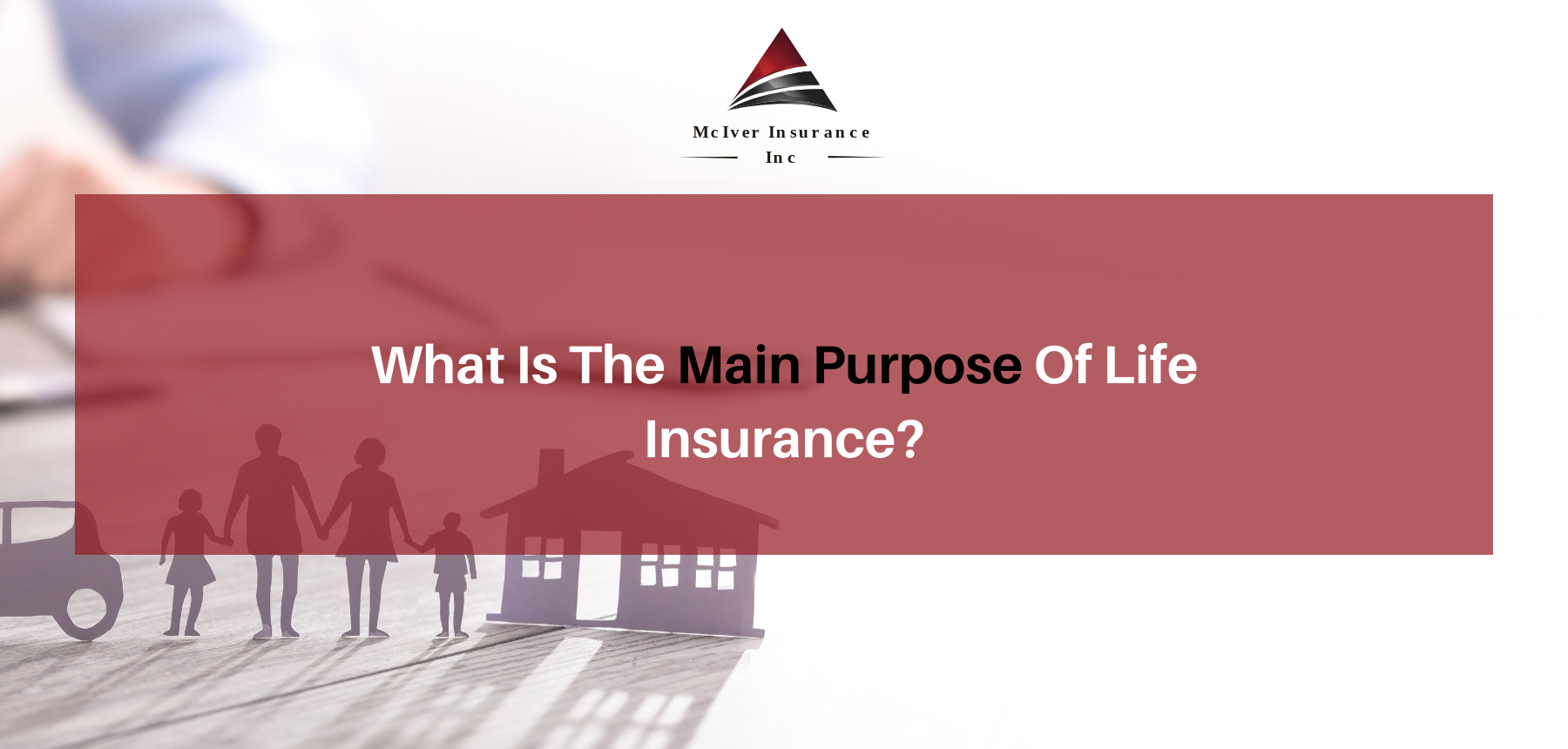Not known Facts About Pacific Prime
Not known Facts About Pacific Prime
Blog Article
The Best Guide To Pacific Prime
Table of ContentsPacific Prime Fundamentals ExplainedLittle Known Questions About Pacific Prime.The Only Guide to Pacific PrimeThe Ultimate Guide To Pacific PrimeThe Best Guide To Pacific Prime

This is since the data were collected for a period of solid economic efficiency. Of the approximated 42 million individuals that were without insurance, just about regarding 420,000 (concerning 1 percent) were under 65 years of age, the age at which most Americans come to be eligible for Medicare; 32 million were grownups in between ages 18 and 65, around 19 percent of all adults in this age team; and 10 million were children under 18 years of age, concerning 13.9 percent of all youngsters (Mills, 2000).
These quotes of the number of individuals without insurance are created from the yearly March Supplement to the Current Population Study (CPS), carried out by the Demographics Bureau. Unless otherwise kept in mind, national price quotes of individuals without wellness insurance and proportions of the populace with different sort of insurance coverage are based on the CPS, one of the most commonly used source of quotes of insurance coverage and uninsurance prices.
Top Guidelines Of Pacific Prime

Still, the CPS is especially beneficial since it generates annual price quotes fairly swiftly, reporting the previous year's insurance protection approximates each September, and because it is the basis for a consistent set of price quotes for even more than two decades, permitting evaluation of trends in protection in time. For these factors, along with the comprehensive usage of the CPS in various other researches of insurance policy protection that are presented in this record, we rely upon CPS estimates, with restrictions noted.

The estimate of the variety of uninsured people broadens when a populace's insurance coverage standing is tracked for a number of years. Over a three-year duration beginning early in 1993, 72 million individuals, 29 percent of the united state populace, were without protection for a minimum of one month. Within a solitary year (1994 ), 53 million people experienced a minimum of a month without protection (Bennefield, 1998a)
Six out of every 10 without insurance grownups are themselves utilized. Functioning does enhance the possibility that one and one's family members will certainly have insurance coverage, it is not a guarantee. Even participants of households with 2 full time wage earners have almost a one-in-ten possibility of being uninsured (9.1 percent uninsured rate) (Hoffman and Pohl, 2000).
The Basic Principles Of Pacific Prime
New immigrants account for a significant percentage of people without medical insurance. One analysis has actually connected a substantial part of the current growth in the dimension of the U.S. uninsured populace to immigrants that got here in the nation between 1994 and 1998 (Camarota and Edwards, 2000). Recent immigrants (those that came to the USA within the previous 4 years) do have a high rate of being without insurance (46 percent), yet they and their kids make up simply 6 percent of those without insurance coverage nationally (Holahan et al., 2001).
The relationship between medical insurance and access to care is well established, as documented later in this phase. Although the connection in between medical insurance and health results is neither straight neither straightforward, an extensive professional and health and wellness services research literature web links medical insurance coverage to enhanced accessibility to care, much better high quality, and boosted individual and population wellness standing.
Levels of analysis for analyzing the results of uninsurance. This conversation of medical insurance coverage concentrates mainly on the U.S. population under age 65 because practically all Americans 65 and older have Medicare or various other public protection. In addition, it focuses specifically on those with no health and wellness insurance coverage for any type of length of time.
Indicators on Pacific Prime You Need To Know
The issues faced by the underinsured are in some areas comparable to those faced by the without insurance, although they are normally much less webpage serious. Health and wellness insurance, however, is neither necessary nor sufficient to get accessibility to clinical services. The independent and straight impact of wellness insurance protection on access to health services is well developed.
Others will get the healthcare they need even without health and wellness insurance coverage, by spending for it expense or seeking it from service providers who provide care free or at very subsidized prices. For still others, health insurance alone does not make sure invoice of care as a result of various other nonfinancial barriers, such as an absence of healthcare providers in their community, minimal accessibility to transport, illiteracy, or linguistic and social distinctions.
How Pacific Prime can Save You Time, Stress, and Money.
Official research about uninsured populaces in the USA dates to the late 1920s and very early 1930s when the Committee on the Price of Healthcare produced a series of records about financing physician office brows through and hospital stays. This concern came to be salient as the varieties of clinically indigent climbed up during the Great Depression.
Report this page